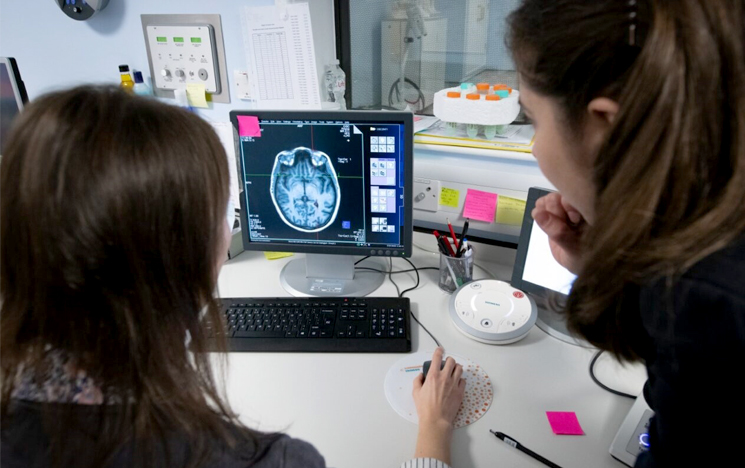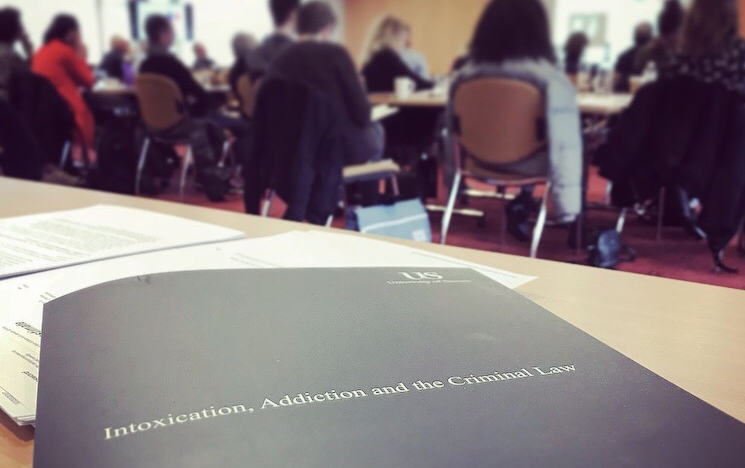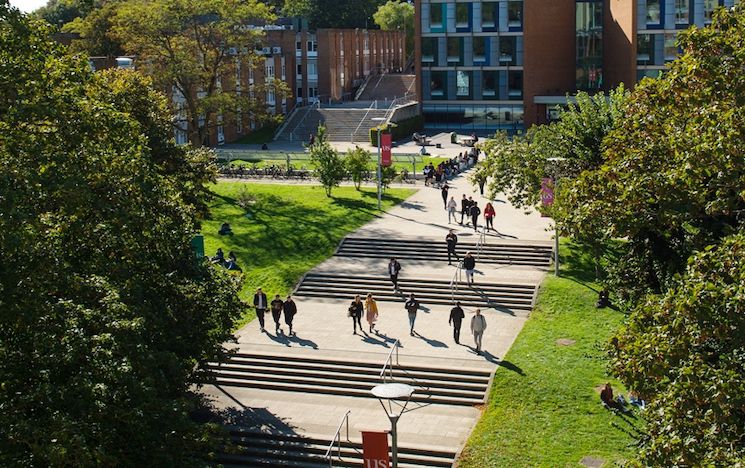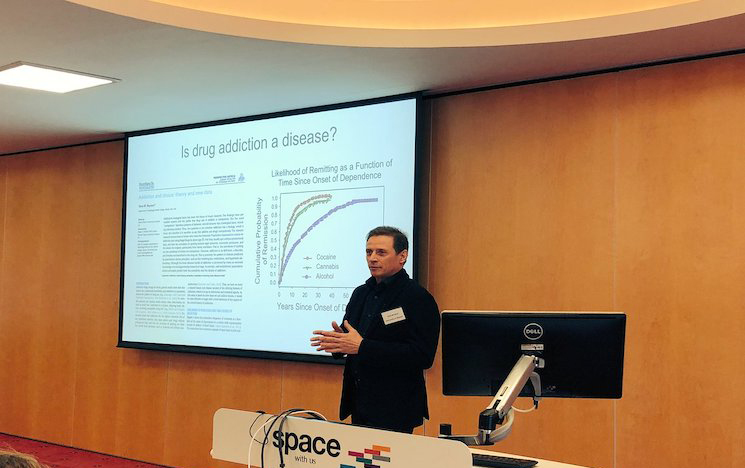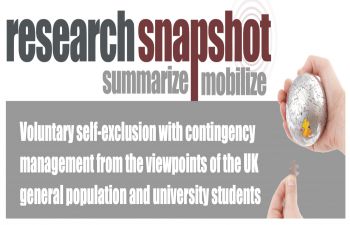
Sussex Addiction Research and Intervention Centre (SARIC)
Welcome to SARIC. Discover more about our centre, including the research we do and ways you can get involved.
Latest news
Contact
If you have any questions, email saric@sussex.ac.uk
Credit for image in 'About SARIC' Gerd Altmann from Pixabay
